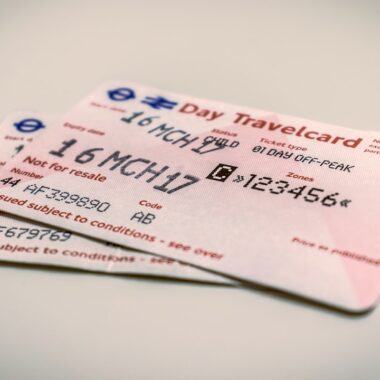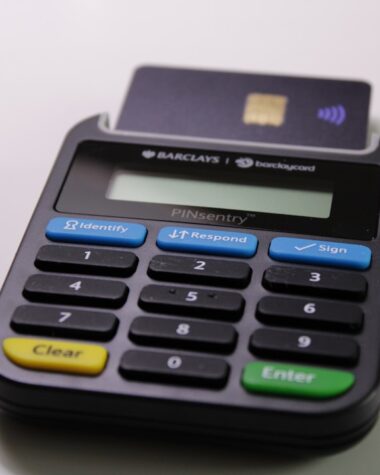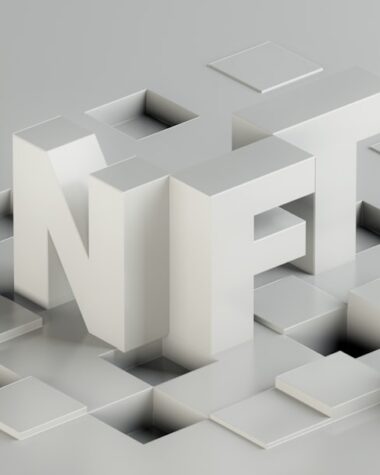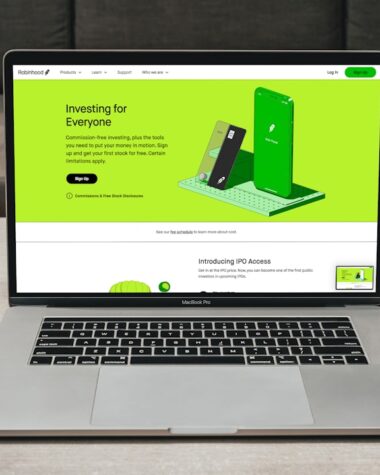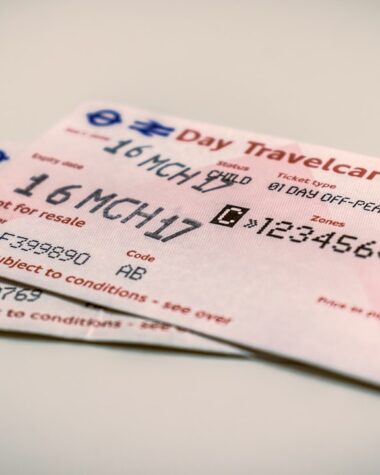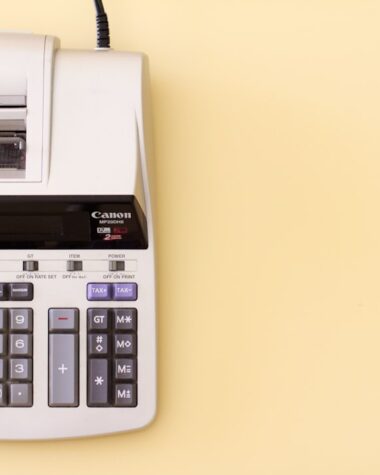Personal loans are a type of unsecured loan that individuals can obtain from financial institutions, credit unions, or online lenders. Unlike secured loans, which require collateral such as a home or car, personal loans are based on the borrower’s creditworthiness and ability to repay. This means that lenders assess factors like credit score, income, and existing debt levels to determine eligibility and interest rates.
The amount borrowed can vary widely, typically ranging from a few hundred to tens of thousands of dollars, with repayment terms that can span from a few months to several years. The application process for personal loans is generally straightforward. Borrowers fill out an application form, providing personal information, financial details, and the purpose of the loan.
Lenders then conduct a credit check and evaluate the applicant’s financial history. Once approved, funds are usually disbursed quickly, often within a few days. This speed and accessibility make personal loans an attractive option for those in need of immediate financial assistance.
However, it is essential for borrowers to understand the terms and conditions associated with these loans, including interest rates, fees, and repayment schedules.
Key Takeaways
- Personal loans are a type of installment loan that can be used for various purposes, such as home improvements, debt consolidation, or unexpected expenses.
- A ,000 personal loan can provide the funds needed for large expenses, such as home renovations, medical bills, or a wedding, with the benefit of fixed monthly payments.
- Personal loans can help achieve financial freedom by providing the funds needed to pay off high-interest debt, start a business, or invest in education.
- Consolidating debt with a personal loan can simplify monthly payments and potentially lower interest rates, making it easier to manage and pay off debt.
- Investing in your future with a personal loan can include funding education, starting a business, or making home improvements, with the potential for long-term financial benefits.
The Benefits of a $10,000 Personal Loan
A $10,000 personal loan can serve as a powerful financial tool for various needs. One of the primary benefits is the ability to access a significant sum of money without the need for collateral. This can be particularly advantageous for individuals who may not own valuable assets or prefer not to risk them.
With this amount, borrowers can address substantial expenses such as medical bills, home repairs, or educational costs. The flexibility in usage allows individuals to tailor the loan to their specific financial situations. Moreover, personal loans often come with fixed interest rates, which means that borrowers can enjoy predictable monthly payments throughout the loan term.
This predictability can aid in budgeting and financial planning, as borrowers know exactly how much they need to allocate each month toward loan repayment. Additionally, many lenders offer competitive interest rates for personal loans, especially for those with good credit scores. This can make borrowing more affordable compared to other forms of credit, such as credit cards, which often carry higher interest rates.
How a Personal Loan Can Help You Achieve Financial Freedom

Achieving financial freedom is a goal for many individuals, and personal loans can play a pivotal role in this journey. By providing access to funds that can be used for various purposes, personal loans enable borrowers to take control of their financial situations. For instance, individuals may use a personal loan to invest in education or professional development, which can lead to better job opportunities and increased earning potential.
This investment in oneself can yield long-term benefits that contribute to overall financial stability. Additionally, personal loans can help individuals break free from the cycle of high-interest debt. By consolidating multiple debts into a single personal loan with a lower interest rate, borrowers can simplify their finances and reduce the total amount paid over time.
This strategy not only alleviates stress but also allows individuals to focus on building savings and investing for the future. The ability to manage debt effectively is a crucial step toward achieving financial independence and security.
Using a Personal Loan to Consolidate Debt
| Pros | Cons |
|---|---|
| Lower interest rate | May require good credit score |
| Single monthly payment | May incur origination fees |
| Fixed repayment schedule | Risk of accumulating more debt |
Debt consolidation is one of the most common uses for personal loans, particularly when dealing with high-interest debts such as credit card balances. By taking out a personal loan to pay off these debts, borrowers can streamline their payments into one manageable monthly installment. This approach not only simplifies financial management but also often results in lower overall interest costs.
For example, if an individual has several credit cards with varying interest rates averaging around 20%, consolidating that debt into a personal loan with an interest rate of 10% can lead to significant savings over time. Furthermore, consolidating debt through a personal loan can improve an individual’s credit score. When high credit card balances are paid off, the credit utilization ratio decreases, which is a key factor in credit scoring models.
A lower utilization ratio indicates to lenders that the borrower is managing their credit responsibly. As credit scores improve, individuals may find it easier to secure better financing options in the future, whether for a mortgage or another personal loan.
Investing in Your Future with a Personal Loan
While many people view personal loans primarily as a means of addressing immediate financial needs or consolidating debt, they can also be leveraged as an investment in one’s future. For instance, individuals may choose to use a personal loan to finance higher education or vocational training programs that enhance their skills and employability. The return on investment from such educational pursuits can be substantial, leading to higher salaries and better job prospects.
Additionally, personal loans can be utilized for entrepreneurial ventures or business investments. Aspiring entrepreneurs often face challenges in securing traditional financing due to lack of collateral or business history. A personal loan can provide the necessary capital to start or expand a business, purchase equipment, or invest in marketing efforts.
By taking calculated risks and investing wisely, individuals can create new income streams that contribute to long-term financial growth.
The Flexibility of Repayment Options with a Personal Loan

One of the appealing aspects of personal loans is the variety of repayment options available to borrowers. Lenders typically offer flexible terms that allow individuals to choose a repayment schedule that aligns with their financial capabilities. Borrowers may have the option to select between different loan durations—ranging from short-term loans with higher monthly payments but lower overall interest costs to longer-term loans with smaller monthly payments that may accrue more interest over time.
Moreover, some lenders provide additional flexibility through features such as deferment options or the ability to make extra payments without incurring penalties. This flexibility can be particularly beneficial for borrowers who may experience fluctuations in income or unexpected expenses during the loan term. By having the option to adjust repayment strategies as needed, borrowers can maintain better control over their finances and reduce the risk of defaulting on their loans.
Tips for Qualifying for a $10,000 Personal Loan
Qualifying for a $10,000 personal loan requires careful preparation and understanding of what lenders look for in potential borrowers. One of the most critical factors is credit score; generally, a higher score indicates lower risk for lenders and can lead to more favorable terms. Individuals should review their credit reports before applying for a loan and address any discrepancies or negative marks that could impact their scores.
In addition to credit scores, lenders will assess income stability and debt-to-income (DTI) ratios. A DTI ratio compares an individual’s monthly debt payments to their gross monthly income; lower ratios are more favorable as they suggest that borrowers have sufficient income to manage additional debt responsibly. To improve chances of approval, applicants should gather documentation such as pay stubs, tax returns, and bank statements that demonstrate their financial stability and ability to repay the loan.
Considerations Before Taking Out a $10,000 Personal Loan
Before committing to a $10,000 personal loan, it is essential for borrowers to consider several factors that could impact their financial well-being. First and foremost is understanding the total cost of borrowing, which includes not only the principal amount but also interest rates and any associated fees such as origination fees or prepayment penalties. Borrowers should calculate the total repayment amount over the life of the loan and ensure it fits within their budget.
Additionally, individuals should reflect on their reasons for taking out the loan and whether it aligns with their long-term financial goals. While personal loans can provide immediate relief or opportunities for investment, they also come with obligations that must be met regardless of changing circumstances. It is crucial for borrowers to have a clear plan for repayment and consider alternative options if they are unsure about their ability to manage additional debt responsibly.
By weighing these considerations carefully, individuals can make informed decisions that support their financial health in both the short and long term.
FAQs
What is a personal loan?
A personal loan is a type of loan that is typically unsecured, meaning it is not backed by collateral such as a car or house. It is usually used for personal expenses such as debt consolidation, home improvements, or unexpected expenses.
What is a $10,000 personal loan?
A $10,000 personal loan is a loan for the amount of $10,000 that is typically used for personal expenses. It can be obtained from banks, credit unions, or online lenders and is repaid over a set period of time with interest.
What are the requirements for a $10,000 personal loan?
The requirements for a $10,000 personal loan vary depending on the lender, but generally include a good credit score, stable income, and a low debt-to-income ratio. Some lenders may also require a co-signer for borrowers with less-than-perfect credit.
What are the interest rates for a $10,000 personal loan?
Interest rates for a $10,000 personal loan can vary depending on the lender, the borrower’s credit score, and the loan term. Generally, interest rates for personal loans range from 6% to 36%, with the best rates going to borrowers with excellent credit.
What is the repayment period for a $10,000 personal loan?
The repayment period for a $10,000 personal loan can vary depending on the lender, but typically ranges from 12 to 60 months. Borrowers can choose a repayment period that best fits their budget and financial goals.
What are the advantages of a $10,000 personal loan?
Some advantages of a $10,000 personal loan include the ability to consolidate high-interest debt, finance home improvements, or cover unexpected expenses. Personal loans also typically have fixed interest rates and monthly payments, making it easier to budget for repayment.


